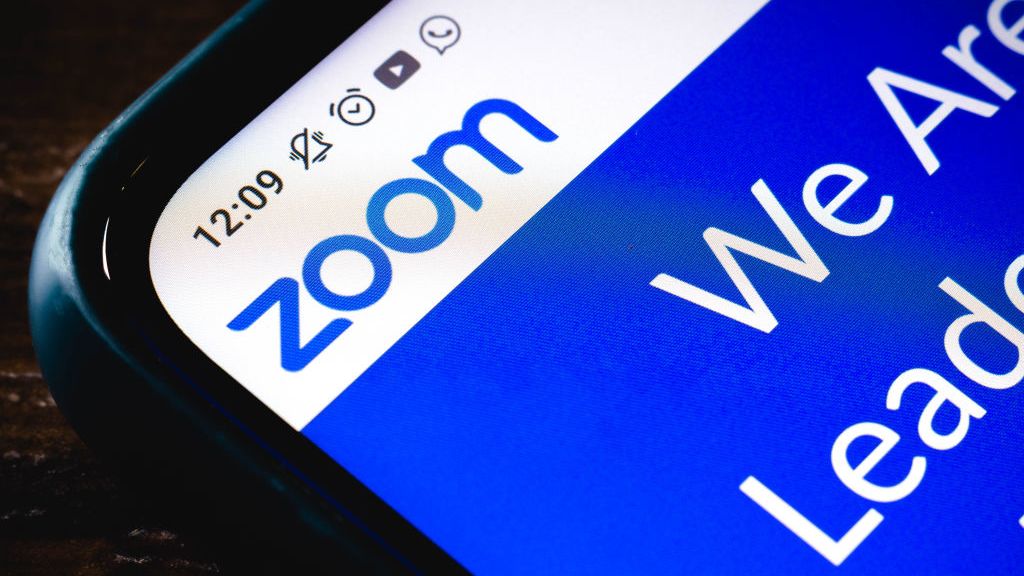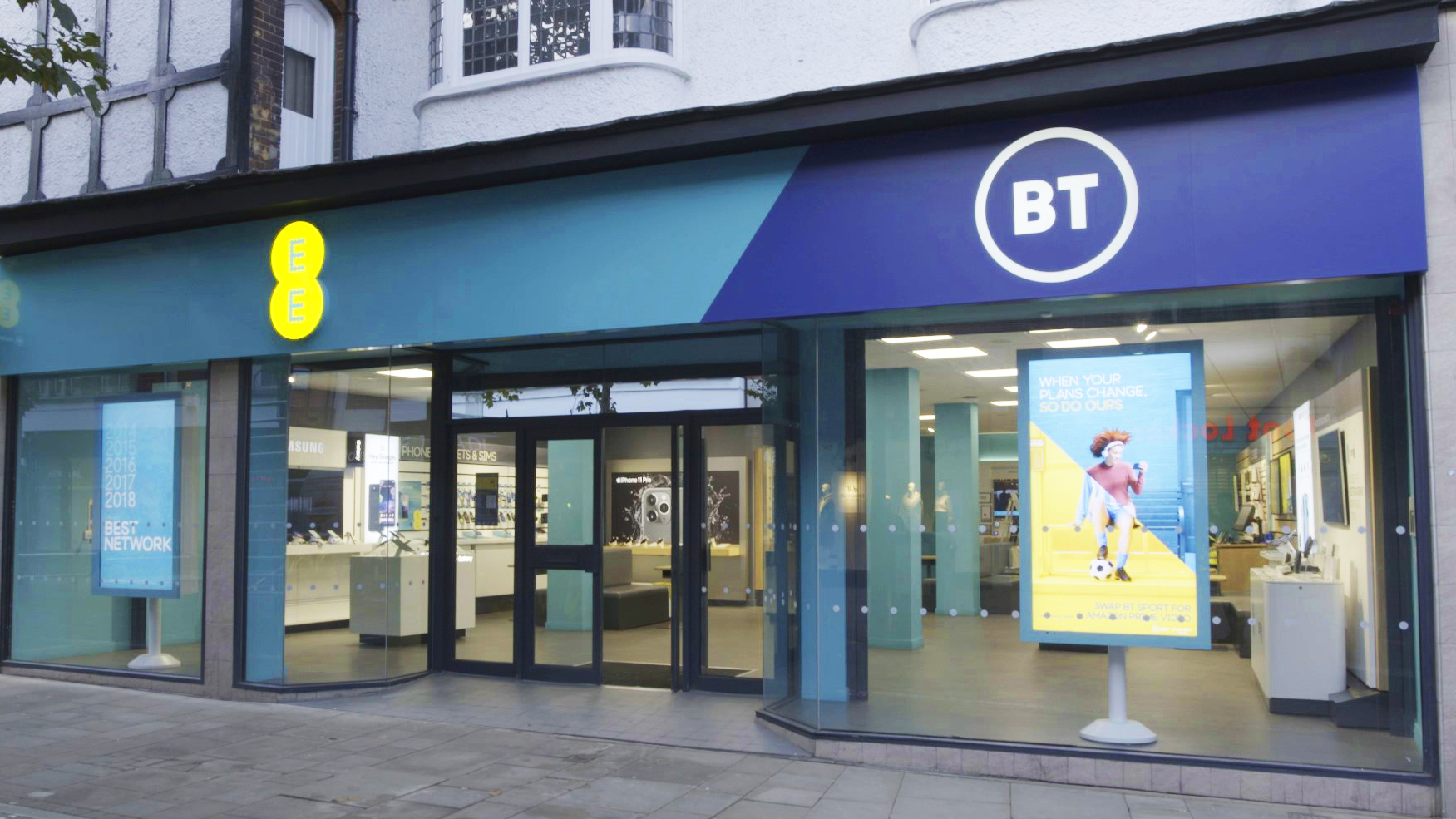Developing your social media voice and following
Learn how to hone a voice that's in line with your brand's tone and goals

You have your accounts on Facebook, Twitter, LinkedIn and Instagram. You know what types of content to post. You know when to post it. You are well on your way to success. If you need a refresher on any of these topics, in part one we covered how to choose the right social media platform for you, and in part two we explored the best types of content for each one.
But there's still work to be done. After all, it's no use posting to social media if you don't have any followers, and if your posts lack an interesting voice, it will be even harder to get people to follow you.
With that in mind, let's dive into how you can develop a voice that is both engaging and in line with your brand's goals, tone and character.
Developing a voice on social media
Similar to what you learned in your English classes, a piece of writing's voice is created by the author (or in this case, the tweeter), and is like writing from the perspective of a character. Except here, the character is your organisation or your brand.
When it comes to your organisation's social media voice, the key is to make it match your real-life voice. Doing this ensures a consistent experience regardless of whether customers interact with you online or in-person.
Two aspects of creating your voice are authenticity and transparency. By sounding like an authentic, real person, and being transparent about your values, your beliefs and your practices, you humanise your organisation and create a feeling of trustworthiness. People are more likely to purchase goods and services from companies they trust.
Here are some questions to consider when developing your business' social media voice.
Get the ITPro daily newsletter
Sign up today and you will receive a free copy of our Future Focus 2025 report - the leading guidance on AI, cybersecurity and other IT challenges as per 700+ senior executives
- What is the purpose of the account? Is it to be the face of the business? To find prospects? To showcase products? Deciding this early on is important to developing your brand's voice.
- How do you usually speak to customers and employees?
- What is your company's culture like?
- What are your corporate values?
- If your brand were a person, what would its personality be? Conversely, what would its personality not be?
Your answers can help shape the voice of your online presence.
Once you have a few ideas for your voice, play around and try them out. It's okay to have an opinion and a personality, but don't be clever just for the sake of it, or tweet just to tweet. After you've taken a little while to test them out, it's important to create a long-term strategy. Whether it's for three months, six, a year or longer, it's important to make a plan, set goals and review what's working and what isn't at predetermined intervals. From there, you can tweak your process and keep going.
Be deliberate with your word choice, as that goes a long way with communicating your voice, and keep your posts short and sweet. Just because the platform gives you the room to wax poetic doesn't mean you should. You likely only have seconds to grab and hold your audience's attention before they move on, so make those seconds count.
For example, according to BuzzSumo, the ideal Facebook post should be about 50 characters. You can have over 63,000 characters, but engagement starts to drop off after 50. For some context, this sentence has 50 characters.
Similarly, Twitter gives you up to 280 characters, but Social Report says the sweet spot lies between 71 and 100 characters. This gives you more room than Facebook to play with, but this sentence is still only 99 characters.
LinkedIn is a little different. On a company page, statuses can be up to 700 characters, while for a personal account, the limit is 1,300 characters. However, the site hides content past three lines of the post. So if you have big news and don't want to depend on followers clicking " see more", make sure your content fits in the first three lines.
Though Instagram is used mainly for photos and videos, captions provide context and additional information. Like LinkedIn, your captions here will be cut off by a "more" button after 125 characters, though you won't be stopped from posting until you reach over 2,000. As for hashtags, the maximum number is 30, though you don't have to (and probably shouldn't) use that many.
Developing a following on social media
Building up an engaged group of followers on social media doesn't happen overnight. Don't feel discouraged if it seems slow at the start: building a following takes time, patience and effort.
Here are a few things you can do to help speed up the process.
- Be consistent and post regularly. Spamming your accounts one day then ignoring them for three won't help build your brand. As mentioned in part two, you can schedule your posts so you don't have to worry about remembering to update your statuses yourself.
- Promote your social channels on your website, and your website on your social channels.
- Offer your customers a promotion for liking, following, or connecting with one of your pages.
- Have your employees follow your accounts.
- Be ready and willing to interact, ask and answer questions.
- Follow other organisations, and stay on top of current events and trends.
- Put yourself out there and keep working at it.
Now you know what you need to do to start building your social media presence. If you need a quick reminder about the different channels and which is the best one for you to use, check out part one of this series. If you'd like to learn more about what types of content to post and when to post them, take a look at part two.
-
 Westcon-Comstor and Vectra AI launch brace of new channel initiatives
Westcon-Comstor and Vectra AI launch brace of new channel initiativesNews Westcon-Comstor and Vectra AI have announced the launch of two new channel growth initiatives focused on the managed security service provider (MSSP) space and AWS Marketplace.
By Daniel Todd Published
-
 Third time lucky? Microsoft finally begins roll-out of controversial Recall feature
Third time lucky? Microsoft finally begins roll-out of controversial Recall featureNews The Windows Recall feature has been plagued by setbacks and backlash from security professionals
By Emma Woollacott Published
-
 The creator effect: Shaping the future of travel
The creator effect: Shaping the future of travelWhitepaper The way forward for the travel sector
By ITPro Published
-
 What the UK can learn from the rest of the world when it comes to the shift to IP
What the UK can learn from the rest of the world when it comes to the shift to IPSponsored From the Netherlands to Singapore, UK organisations can learn lessons from forward-thinking countries and make the PSTN switchover as seamless as possible
By Keumars Afifi-Sabet Published
-
 The big PSTN switch off: What’s happening between now and 2025?
The big PSTN switch off: What’s happening between now and 2025?Sponsored The challenges of adopting IP telephony can be overcome, but you don't have long to act
By Rory Bathgate Published
-
 How digital marketing will evolve beyond social media
How digital marketing will evolve beyond social mediaIn-depth Twitter's ongoing destabilisation proves businesses can't rely on social media for digital marketing forever
By Elliot Mulley-Goodbarne Published
-
 TD Synnex Maverick announces availability of Zoom for partners in Europe
TD Synnex Maverick announces availability of Zoom for partners in EuropeNews Partners now have access to the entire Zoom portfolio, including unified communications platform Zoom One
By Daniel Todd Published
-
 Best Twitter alternatives for businesses and IT professionals
Best Twitter alternatives for businesses and IT professionalsIn-depth With its long-term viability as a networking and commercial space in question, the industry is casting its eye to several Twitter alternatives
By John Loeppky Published
-
 BT Wholesale is bringing EE’s mobile connectivity to partners
BT Wholesale is bringing EE’s mobile connectivity to partnersNews The partnership will provide access to EE’s 4G and 5G networks as the PSTN switch-off approaches
By Daniel Todd Published
-
 Why engineering teams love Slack
Why engineering teams love SlackWhitepapers The adaptive collaboration hub for software engineering
By ITPro Published